
ntrocket88
-
Posts
95 -
Joined
-
Last visited
Content Type
Profiles
Forums
Articles
Gallery
Posts posted by ntrocket88
-
-
@Kevin C: Thank you for your kind words and good luck with your Crocs! I posted a full demo build for this kit on Ratch's Airfix Tribute Forum that shows all the added details and corrections here:
https://www.tapatalk.com/groups/airfixtributeforum/airfix-churchill-crocodile-demo-build-t26178.html
@Paws4thot: Actually, the trailer isn't that accurate either... see the link above...
-
The Airfix StuG III represents an Ausf. G model manufactured in early 1944, because it has the late production 'pot' mantlet (eroneously called 'saukopf' mantlet in some text books...) without the coaxial MG, but still has the loader's MG shield rather than the remote control roof MG. The coaxial and remote control MG versions being produced later in 1944. As such it should be painted in overall dark yellow and either left as such or with a crew applied camo pattern in light olive green and/or red-brown. Being crew applied, it could be sprayed, brushed, mopped or wiped as described above. The camo paints came as a paste and could be thinned with paint thinner, petrol, oil or even water, all of which resulted in a lot of color and fading variation. Patterns could be dots, patches, thin strips, wide strips or any combination!
From around October 1944, standard patterns were supposed to be applied on new vehicles at the factory, initially using the same three colors. Later, the olive green was applied as the base and the yellow and red-brown applied in patterns over the top. Later still, the red-lead primer was left as the base with yellow, green and sometime red-brown patterns oversprayed.
Dunkelgelb came in several shades varying from a kind of dark cream to a sand-yellow and there is much argument all over the internet as to what it looked like! My personal preference is to use Humbrol 94 for the dark yellow, Humbrol 86 for the olive green and Humbrol 160 for the red-brown, if that helps.
If you wanted to make a StuG in the earlier dark grey, you would need to modify it back to at least an early Ausf. G with the square mantlet. Though very few Ausf. G were made between December 1942 and the cutover for dunkelgelb in February 1943.
-
So it’s now official. 1/76 is dead. With Airfix announcing their new 1/72 Sherman Firefly and Tiger 1 kits, the last surviving 1/76 ground warfare injection molding manufacturer it seems has switched to 1/72. This is a sad day for me personally, since I don’t buy 1/72, only 1/76. I understand Airfix making this decision (at long last some will say), since all the newer small scale manufacturers produce guns and vehicles in 1/72 and the breadth of injection molded offerings in this scale means that it has come to dominate the market. Nevertheless, my money at least will not be flowing up to Airfix in future.
But… I do wonder how Airfix expects to make inroads into a market that may already be saturated? Take the new releases, for example. There are already two other 1/72 Firefly kits and who knows how many Tiger 1. And these already range from highly detailed and expensive to snap together simple and cheap. Where is the market for the Airfix versions? Once again Airfix seems to have made a small and inadequate gesture to small scale armor rather than a full-blooded commitment.
Indeed, I have to believe that all the popular and lucrative subjects have already been covered by other 1/72 manufacturers and so this may be too little and far, far too late. I know diehard modelers will list their unfulfilled pet project needs and complain about this or that existing kit’s accuracy but even so, is the volume there even if Airfix were to take the chance? Supporting the new Wargaming scales like 1/100 might have made more sense and provided more market opportunity.
Just some thoughts FWIW.
-
Africa Corps truck and halftrack interiors were often not painted over, remaining in the original dark grey. Paint was in short supply, especially when they first arrived, so some some vehicles stayed dark grey or only got a quick mud wash. The early hurried over-painting also weathered a lot to reveal the dark grey on edges and wear surfaces, like where the crew climbed in and out etc.
Later in the campaign, I believe at least some vehicles were repained in Italy, prior to being shipped to North Africa. Tigers being a well known example. If so, the interior may still have been left in the base dark grey, espcially cab interiors and the like, but the finish may have been more durable. Probably fewer sandstorms in Tunisia as well...
Hope this helps.
-
A very good collection of Cromwell!
-
Airfix produced Rommel's Sdkfz 250/3 'Grief' in 1/32...
-
The only 1/72 Churchill AMRCR I know of was an old kit from ESCI. Certainly Airfix have never made one...
-
Nicely done with both of these.
I made two of these a long time ago, but repainted and refinished them recently after I had a lot of leftover SCC2 mixed up in my airbrush from another project. I then added some stowage, new decals and new crew for the Carriers and gun crew for the 6-pdrs. Since I needed to use the paint up quickly, I didn't fix the gaps left from my teenage efforts nor any of the ejection pin marks... Next time!
/media/tinymce_upload/0a5856217ab1ac5e9323735280daa16c.jpg
/media/tinymce_upload/1ba69b2c23f71098b831fccf2e6827b0.jpg
/media/tinymce_upload/e5a424c3b03f0cd0baaca6d73b567852.jpg
/media/tinymce_upload/3f1d3a408e4c0b5fdeff59bec614f281.jpg
/media/tinymce_upload/384487460b249fd800e52406c359ad27.jpg
/media/tinymce_upload/9e1e2ac5bdac2ced484fb701b43681f3.jpg
/media/tinymce_upload/4194b66acddf0504c0272d13f1d99a48.jpg
-
You are both doing a fantastic job on this! Watching with interest as I have one to make as well...
-
They get better every time I see them! Great stuff.
-
Superb work as always Ratch! The dio really makes it look real.
-
I won't disagree with this other than the one at Bovington doesn't have zimmerit which would then mean it isn't really a Porsche Tiger II (the Henschell one has zimmerit) or at some point a huge amount of work has been done to strip it.
I believe the Tiger II at Bovington with the early style Krupp turret (intended for both the Porsche and Henschel Tiger II designs...) is one of the early Henschel mild-steel prototypes and never had Zimmerit and never saw service. Sarge is almost certainly right that all the 50 production ones with the early Krupp turret, should have had Zimmerit. The Henschel Tiger II with the second (standard) Krupp turret entered production in May 1944, and also left the factory with Zimmerit, at least through September 1944. The other Tiger II, on loan to Bovington at the moment, has Zimmerit and the standard Krupp turret, being produced in June/July-ish 1944, if memory serves.
-
If Airfix do release a new Panther (in 1/76...), let's hope they don't copy one with a collapsed suspension this time!
-
Great work Ratch!
-
This is a tough one for Airfix. I always had the sense that military vehicles were an after-thought for Airfix. Their relative lack of interest as far back as the mid-1970's allowed Matchbox, Nitto, Fujimi, Esci and Hasegawa to individually develop larger ranges in 1/76 or 1/72, even in those days. Airfix released around 22 1/76 military vehicle kits in the 1960's, 13 in the 1970's and 1 in 1980. Matchbox alone released some 27 1/76 kits from the early 1970’s through the early 1980’s. More recently, Airfix added 5 minor variations to existing kits in 2006 and released 12 former JB Models kits in 2008. Since then, only three new 1/76 kits have been released. However, Airfix’ current 1/76 range is too large to quickly replace with new 1/72 versions, but too small to stand alone against the mass of injection-molded 1/72 vehicles available. Although the number of 1/72 military vehicle kits now selling suggests a vibrant and lucrative market, perhaps many potential buyers may not care about the scale difference? That leaves Airfix with the dilemma of what to do next: Keep going with 1/76 to match the existing 55+ vehicles, hoping that many buyers won’t care about the difference or, switch to 1/72 for new vehicles and risk damaging existing 1/76 sales even further, with no realistic chance of rapidly replacing them. The recent 1/72 airfield vehicles may indicate a shift in policy, or may just reflect Airfix sitting on the fence.
I would add that 1/76 is still a viable standalone scale, at least for WW2 vehicles. But only when Airfix kits are backed by the full Matchbox (which Revell may not support) and Fujimi/Nitto ranges, with fill-ins by resin and white-metal kits from Milicast, MMS and Matador. However, that still leaves the quality problem, with newer 1/72 kits far surpassing the older injection-molded 1/76 kits in accuracy and detail.
Just a few thoughts, FWIW...
-
That really looks fantastic, Ratch!
-
Many thanks for the kind comments. @vimal: Great weathering on yours and I love the still-aflame drips!
-
Superb work Ratch!
-

Both the old Churcill kit and the new Crocodile trailer benefited from a lot of extra detailing and correction, but I was pleased with the end result. I was worried about the plastic melting when it fired though...
The finish is British SCC2 Service Drab with decals from Aleran to represent 141st RAC 'The Buffs' in Normandy, the only unit there equipped with Crocs.







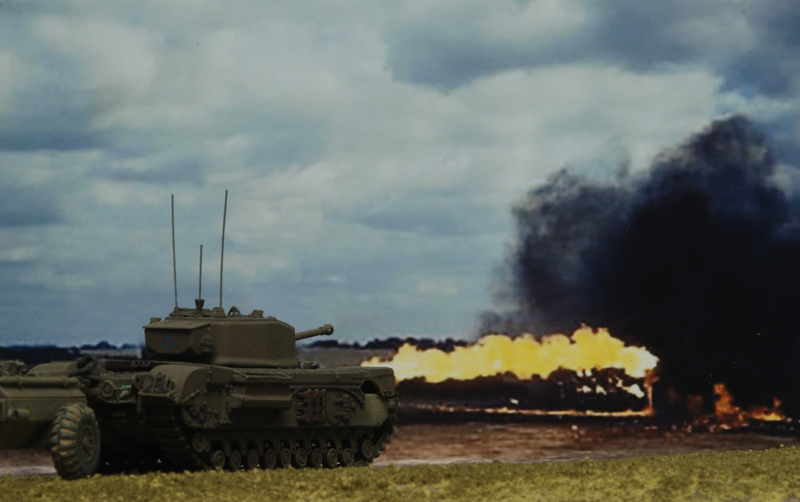
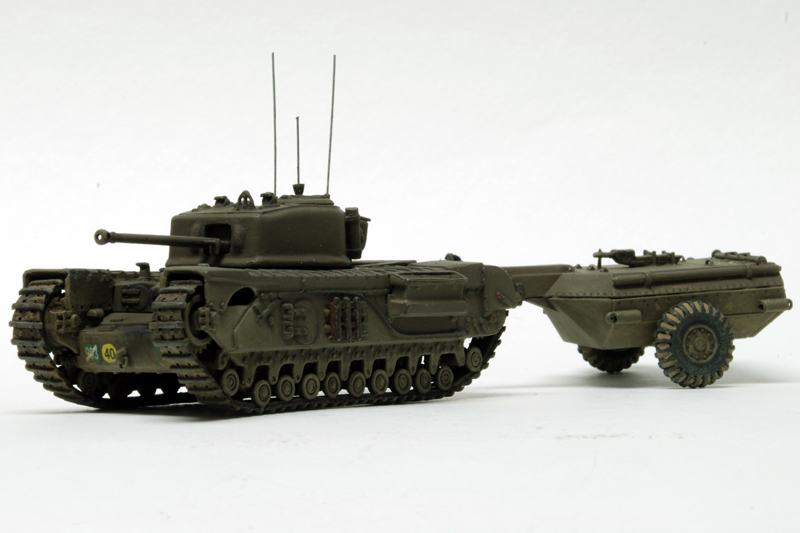
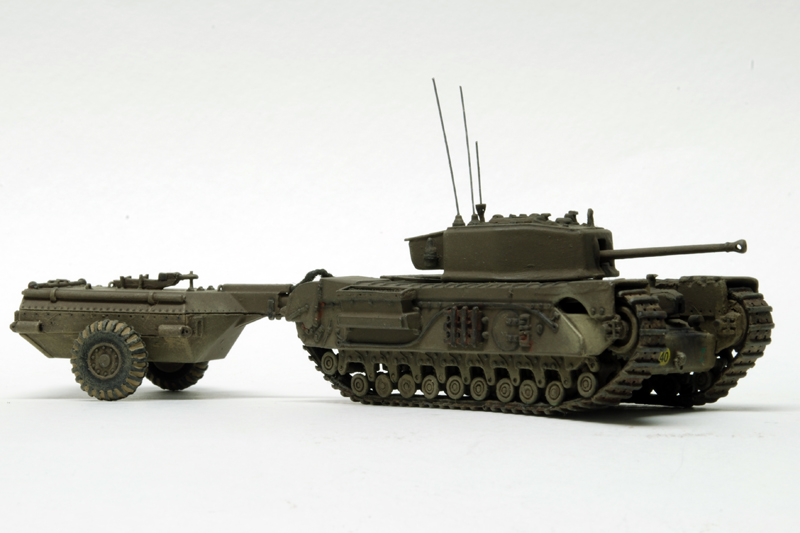
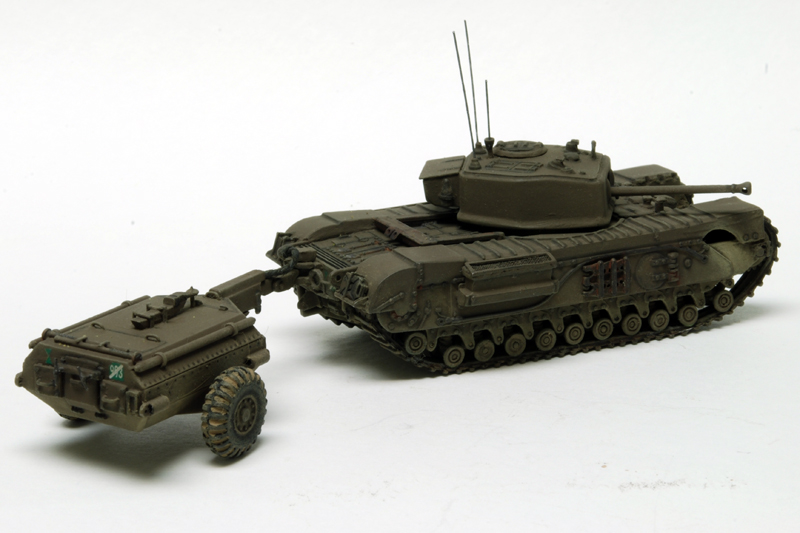

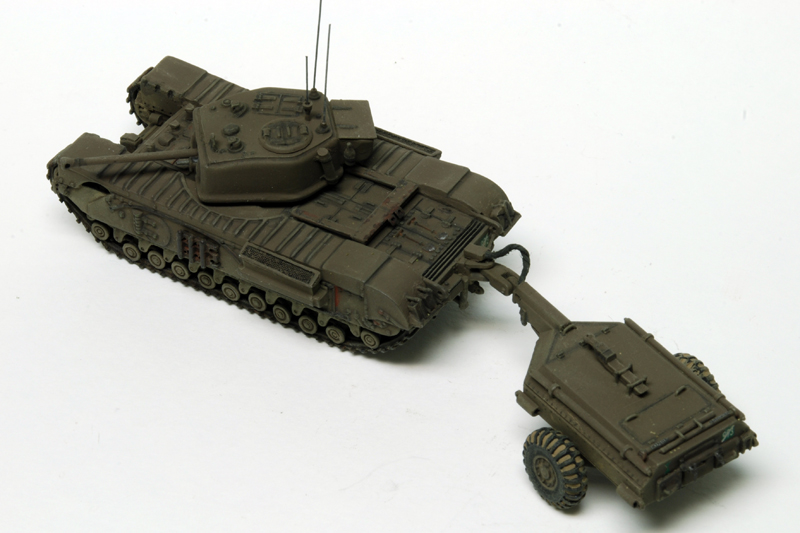
Airfix Forum Gallery 2020 (Pandemic Special!)
in General Discussion
Posted
Some of my German armor, all in 1/76 depected in Normandy July 1944...
Panzer IV Ausf. H
/media/tinymce_upload/254d503523cd76fe05a9d31f40d87276.jpg
Panther Ausf G
/media/tinymce_upload/eeb9f9acf064e4a5859e716bd3e0dead.jpg
Late Production Tiger 1
/media/tinymce_upload/e1ac52965db98d4aa08d7ace27221fae.jpg
King (or Royal) Tiger
/media/tinymce_upload/39b2887966935fe38ceaaafd8d3ecc5e.jpg
Geschuetzwagen III/IV fuer 15cm sFH18/1 (Sf) Hummel
/media/tinymce_upload/2d00c7e6a4e40484a91e1e0674ed292c.jpg
Sdkfz 7/1 '2cm Flakvierling 38 Auf Selbstfahrlafette'
/media/tinymce_upload/fd67dec68947c545846ccba4a239f208.jpg